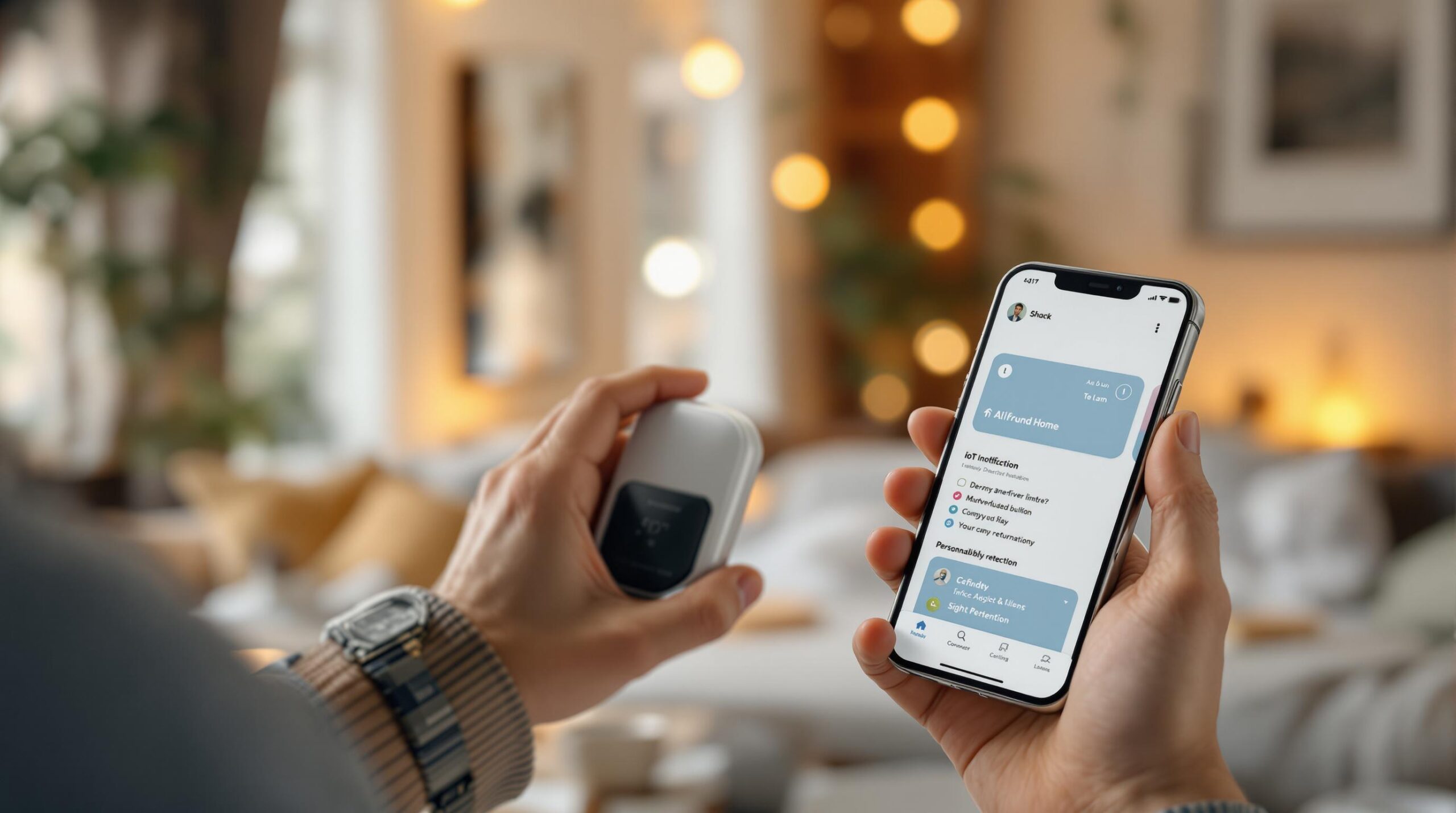
Want to keep users hooked on your IoT products? A branded mobile app can make all the difference.
Here’s why:
- Boost retention: Retaining users is cheaper than acquiring new ones. Apps that offer real-time data, alerts, and personalization keep users engaged longer.
- Serve as IoT hubs: Mobile apps act as control centers for IoT devices, simplifying management and enhancing value.
- Key features matter: Personalization, reliable device connections, and smart notifications are must-haves to keep users active.
- Leverage advanced tech: AI-powered customization and data analysis create tailored experiences, while blockchain ensures security.
- Proven strategies: Smooth onboarding, daily incentives, and consistent updates build loyalty over time.
Bottom line: A well-designed app strengthens user engagement, drives retention, and ultimately supports revenue growth for IoT products.
7 Proven Strategies to Boost App User Retention in 2024
Key Features That Keep Users Active
The success of an IoT product’s mobile app depends on features that simplify device management and provide clear benefits to users. Elements like personalization, reliable connectivity, and smart notifications play a central role in keeping users engaged. These features turn mobile apps into essential hubs for IoT devices.
Custom User Settings and Preferences
Customizing the user experience is a powerful way to retain IoT users. Personalization makes the app more relevant and engaging. For instance, Nest‘s learning thermostat app adjusts to user preferences over time, offering detailed scheduling options.
Some ways to deliver personalization include:
- Profile-based settings: Dashboards tailored to provide quick access to frequently used controls.
- Tracking usage patterns: AI-powered suggestions based on user habits and routines.
- Preference centers: Tools for fine-tuning device operations and notification settings.
Direct Device Connection
Reliable, effortless connectivity between the app and IoT devices is essential. Users expect smooth operation without delays or interruptions. Poor connections can lead to frustration and decreased usage. Here’s what ensures strong connectivity:
- Bluetooth Low Energy (BLE): Enables efficient communication while conserving energy.
- Multi-device management: Simplifies the pairing process for users with multiple devices.
- Background synchronization: Keeps data updated without requiring the app to be actively open.
Smart Notification Systems
Notifications play a critical role in keeping users informed and engaged, but they need to strike the right balance – helpful without being overwhelming. The goal is to provide timely, actionable updates.
Here’s how notifications can be structured effectively:
| Notification Type | Purpose | Example Use Case |
|---|---|---|
| Status Alerts | Monitor device health | Battery level warnings |
| Action Prompts | Remind user tasks | Filter replacement due |
| Achievement Updates | Highlight progress | Energy savings milestones |
| Safety Notifications | Provide critical warnings | Smoke detection alerts |
To enhance the notification experience:
- Customizable alerts: Let users decide which notifications they want and how often they receive them.
- Context-aware messages: Tailor alerts to specific device statuses or user behavior.
- Progressive disclosure: Deliver concise, easy-to-understand updates that avoid overwhelming the user.
Tech Tools for Better User Engagement
As we continue examining features that keep users engaged, advanced tech tools play a crucial role in strengthening IoT ecosystems.
User Data Analysis
Data analytics allows IoT apps to better understand user behavior and improve experiences. By analyzing how people interact with connected devices, companies can make smarter decisions about features and interface updates.
Here are some key analytics methods and their benefits:
| Analysis Type | Purpose | Impact on Retention |
|---|---|---|
| Usage Patterns | Tracks daily device interactions | Identifies peak usage times |
| Feature Adoption | Monitors new feature usage | Informs product development |
| Performance Metrics | Measures app responsiveness | Reduces technical issues |
| User Journey Maps | Maps interaction paths | Simplifies navigation |
These insights, when combined with AI, create highly personalized user experiences.
AI-Powered Customization
Artificial intelligence takes user data and turns it into tailored experiences, boosting engagement with IoT devices. In fact, AI-driven recommendations can increase retention by over 30%.
Consider Netflix: its AI analyzes viewing habits to recommend content, effectively reducing churn. Similarly, Starbucks uses AI in its app to analyze loyalty data, offering personalized deals that encourage repeat visits.
Machine learning algorithms are delivering impressive results. Some companies report a 200% improvement in retention rates, with personalized experiences driving revenue growth of 10–30%.
While personalization enhances engagement, strong security measures are essential to maintaining user trust.
Data Security with Blockchain
Security concerns often hold users back from fully adopting IoT devices. Blockchain technology addresses these concerns by offering decentralized storage, tamper-proof records, automated smart contracts, and transparent audit trails.
Here’s how blockchain strengthens IoT app security:
- Decentralized Storage: Eliminates single points of failure.
- Immutable Records: Prevents data tampering.
- Smart Contracts: Automates secure access controls.
- Transparent Tracking: Provides clear audit trails.
sbb-itb-7af2948
Methods to Keep Users Long-Term
Holding onto IoT users for the long haul relies on smooth onboarding, daily rewards, and regular updates. By focusing on strong connectivity and tailored experiences, these strategies help maintain user loyalty.
Quick Start Guide Design
Getting users set up quickly is crucial for IoT products that require device pairing. With 25% of apps uninstalled after just one use, making the onboarding process simple and efficient is key.
Here’s what an effective quick start guide should include:
| Component | Purpose | Implementation |
|---|---|---|
| QR Code Setup | Easy app download | Add QR codes to packaging |
| Social Login | Simplify account creation | Enable one-tap sign-in |
| Video Tutorials | Guide setup process | Show how to connect devices |
| Progress Tracking | Encourage completion | Use visual progress bars |
| Support Access | Provide instant help | Include in-app chat support |
After onboarding, keeping users engaged daily is the next step.
Daily Use Incentives
Daily rewards encourage users to stick with their IoT devices. Gamification works especially well to create habits. Some ideas include:
- Point-Based Rewards: Let users earn points for regular interactions.
- Achievement Unlocks: Offer rewards when users hit specific milestones.
- Personalized Challenges: Tailor challenges to match individual usage patterns.
These incentives make daily use more engaging and rewarding.
Regular Feature Updates
Frequent updates keep users interested and address their changing needs. Focus on these areas:
- Performance Improvements: Make the app faster and more stable.
- User-Requested Features: Add features based on community feedback.
- Platform Enhancements: Take advantage of new OS capabilities.
- Security Updates: Regularly patch vulnerabilities to ensure safety.
Success Stories in IoT Apps
Examples from various industries highlight how branded mobile apps can improve user retention for IoT products. Let’s look at a few cases that stand out.
Home Automation Apps
Smart home apps enhance engagement by providing users with centralized control. Indeema‘s Smart Home IoT Demo is a great example, offering a mobile interface that acts as a hub for managing home systems. Users can control climate, access, lighting, and entertainment from one place.
Some standout features include:
- Voice command integration via iOS Shortcuts
- Customized automation scenarios
- One-tap device control
- Monitoring for home conditions
These tools make managing smart home devices simple and efficient, keeping users engaged.
Factory Monitoring Apps
In industrial settings, mobile apps have transformed how IoT solutions are utilized. Raypak, for instance, introduced connected commercial products in 2019, gaining traction thanks to features like remote diagnostics, real-time performance tracking, multi-user management, and easy device setup.
"Raypak chose to partner with Blynk for IoT based on their ability to offer fast development speed and their extended portfolio of product offerings. Blynk allowed us to take an idea and make it a real product offering quickly and efficiently."
– Peachie Hytowitz, Senior Product Manager at Raypak
These examples show how mobile apps can drive user engagement and retention across different IoT applications, from homes to industrial facilities.
Conclusion
Branded mobile apps play a key role in IoT success and keeping users engaged. Most leading brands have launched dedicated apps, showing their importance in building genuine user connections beyond just following trends.
These apps provide multiple ways to interact with users, helping to create strong, loyal relationships – especially when they focus on delivering a great user experience rather than just pushing transactions.
Looking at examples in home automation and industrial IoT, it’s clear that smooth device integration and tailored experiences significantly increase daily user engagement.
A thoughtfully designed branded app strengthens an IoT ecosystem by offering practical benefits while reinforcing the brand’s identity.
Companies that prioritize mobile user experience and monitor satisfaction are more likely to build long-term customer loyalty and get the most out of their IoT investments.

